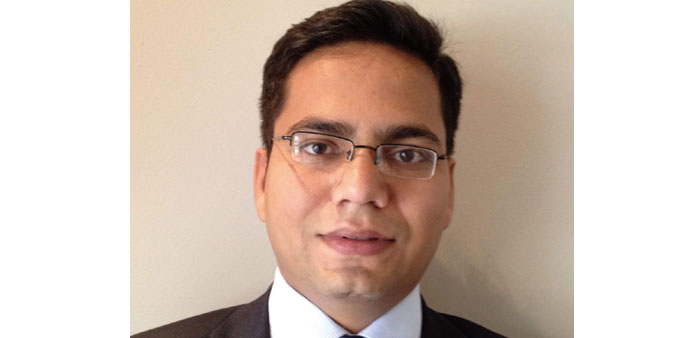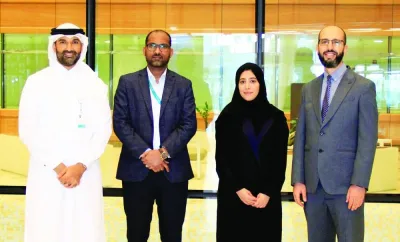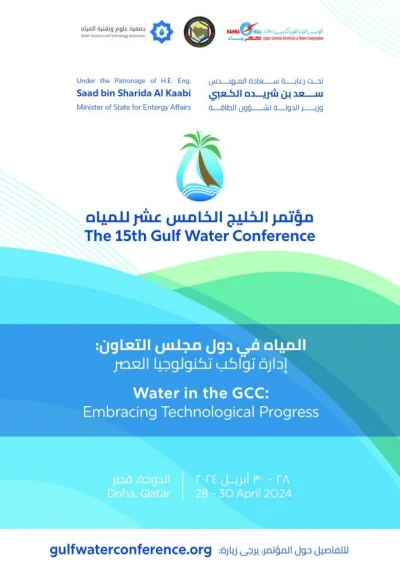A research team of Sidra Medical and Research Centre has taken part in several ground-breaking studies to advance imaging research development in Qatar and internationally.
The main goal of Sidra’s imaging research is to develop innovative imaging technology to better understand the various human disease pathologies in vivo (‘within the living’), help clinicians to diagnose the diseases in their early stages and monitor therapeutic responses more precisely.
Sidra took part in the world’s biggest imaging research conference, the International Society for Magnetic Resonance in Medicine (ISMRM) in Milan, Italy for the first time last month.
ISMRM promotes innovation, development and application of magnetic resonance techniques, an imaging technique used in radiology to investigate the anatomy and function of the body, in medicine and biology throughout the world. Seven ground-breaking research papers, in which Sidra researchers made significant contributions, were accepted for discussion and poster presentations.
Dr Mohammad Haris, principal investigator at Sidra’s research division, delivered a talk on his new MRI methodology to image the proteases enzyme activity in cancerous tissues. This is the first time when the cancerous protease activity can be monitored in vivo at high resolution.
“Since the malignancy and aggressiveness of cancer is highly correlated with the protease enzymes expression, it is possible to image and quantify the aggressiveness of the cancerous tissue in in vivo using this new imaging method,” said Dr Haris. “Such technique will provide clinicians advance information about the tumour aggressiveness and will help in better clinical management of patients.”
Apart from his talk, he and his group from University of Pennsylvania in the US also presented works focused on the quantification of metabolites changes, as well as re-dox potential changes in various pathologies using MRI.



